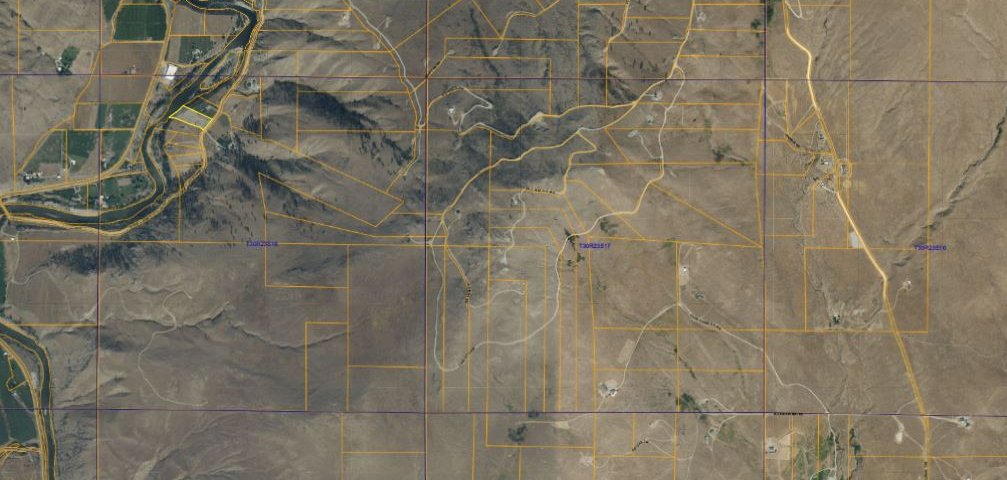Closing Loopholes in Developing without Legal Water

Strong Support for a Restoration Focused Project in Twisp Watershed
June 6, 2024
Honoring Maggie Coon: A Legacy of Advocacy, Philanthropy, and Community Spirit
July 22, 2024It wasn’t too long ago that large ranches sprawling over hundreds or even thousands of acres were the norm in the Methow and Okanogan. In recent decades as land has become less profitable for farming and ranching and more valuable to build houses on, many of these parcels have been broken up by developers to be sold as buildable 20-acre lots. Okanogan County has allowed developers to use a unique mechanism to split these lots: the exempt segregation. An exempt segregation allows large lots to be subdivided without the requirement to prove that there is legal water for all those lots. And usually, unless the property has an existing water right, there isn’t adequate water for all those lots.
Most residences in the Methow rely on an exemption to pull water from a well without a water right. The Methow’s Instream Flow Rule allows for this exemption to apply to 1 well and 1 residence on 1 lot. The problem emerges when you begin to split up large lots into many small pieces using an exempt segregation. One hundred acres could be split into five-20 acre lots.
Frequently, in the past, when new owners bought those lots they were allowed to develop them when they went to get a building permit. This loophole has allowed many houses to be built without water adequacy-further stretching our limited finite water supply. For many years, MVCC has worked to close this loophole. It seems our work has paid off: Okanogan County is now requiring that the surveyor filing an exempt segregation provide notice on the Plat that adequate water supply needs to be determined. We are hopeful that this will help to keep some of the remaining large open spaces, especially in the lower valley, from developing using our finite Methow water. We would like to see development pursued in areas with adequate supplies, especially within towns which have existing water rights. We’ll keep tracking these exempt segregations to make sure they are implemented correctly!


